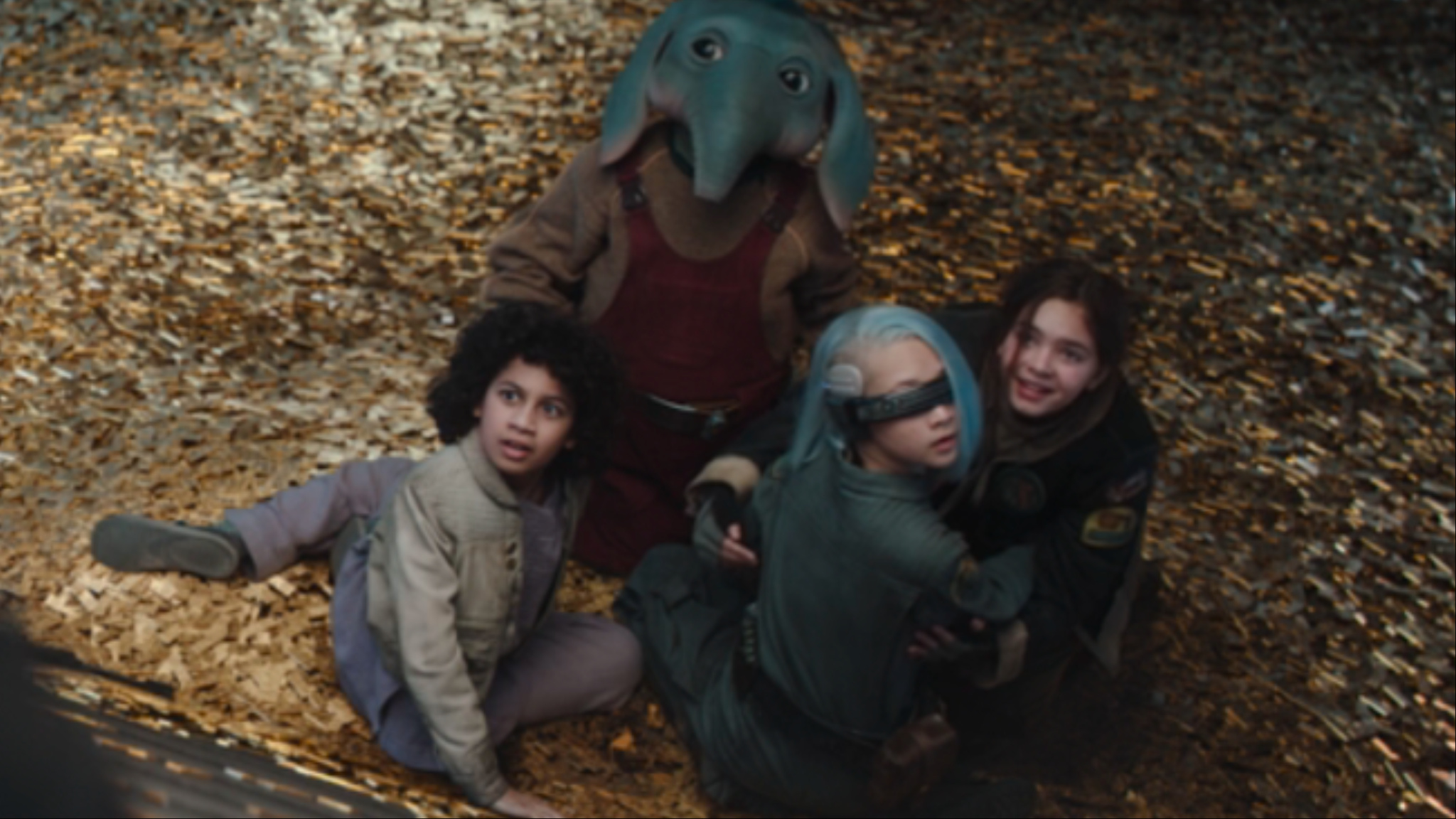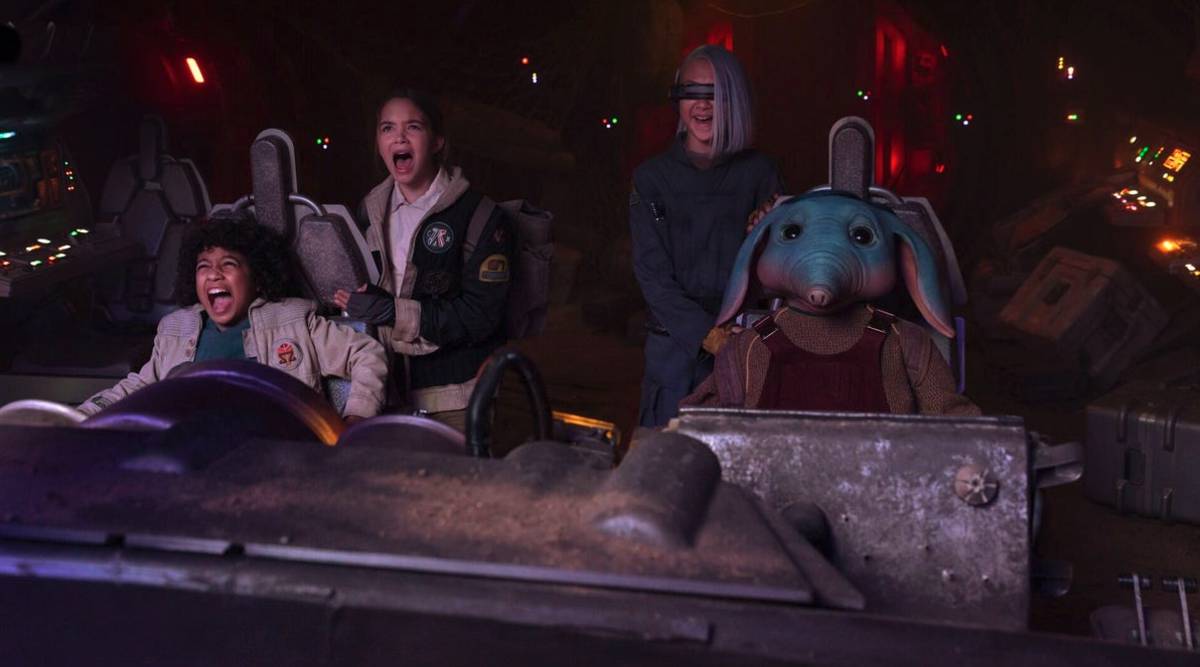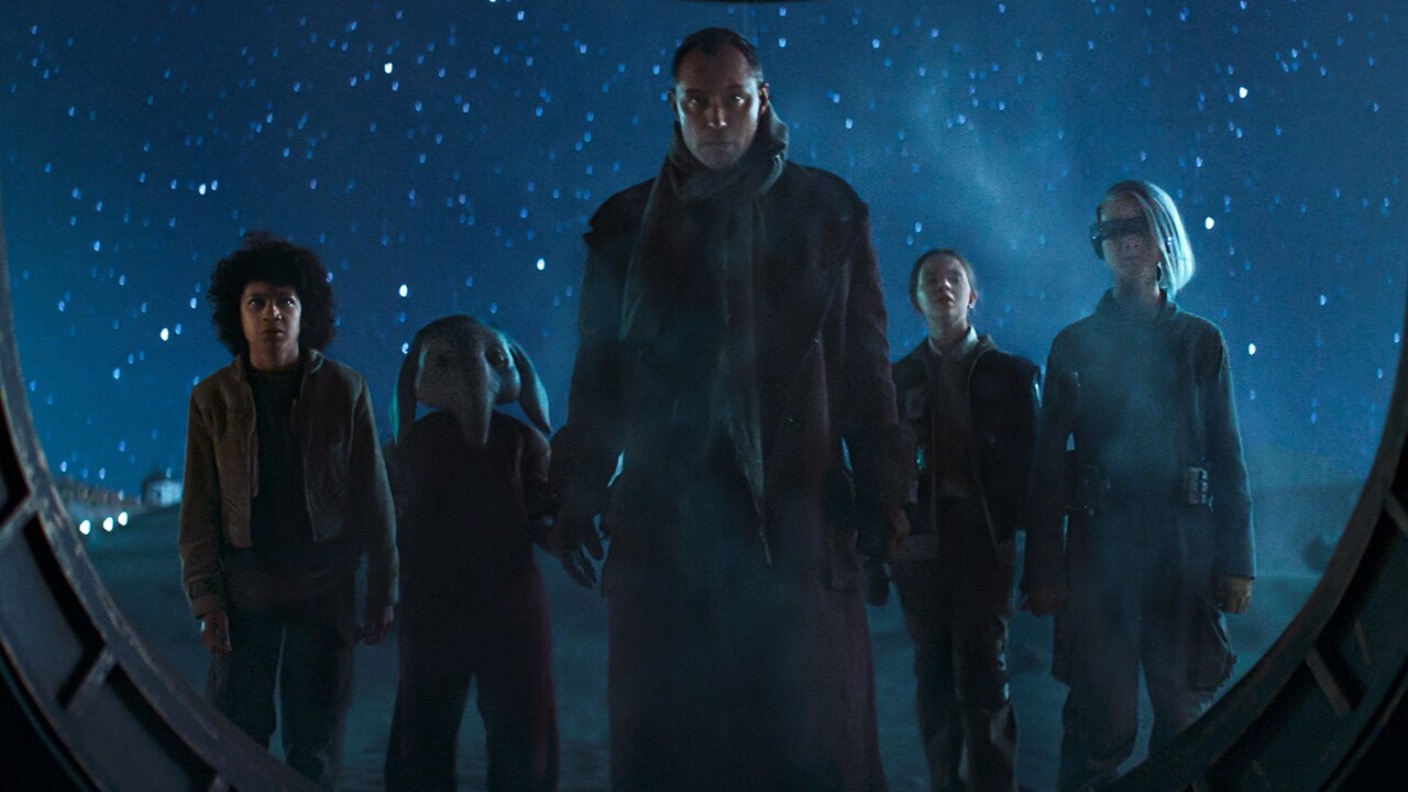
In a challenging position, the upcoming series “Star Wars: Skeleton Crew” faced criticism when its teaser trailer was released. Initial Star Wars devotees criticized it for featuring lawns and suburban settings, arguing they were out of place in the Star Wars universe. Interestingly, these are the same fans who raised concerns about brick-filled landscapes in “Andor”. However, most Star Wars enthusiasts learned to disregard such complaints. Nevertheless, this didn’t alleviate the hesitance towards Skeleton Crew. If one had asked fans last year which show would be superior, many might have chosen “Star Wars: The Acolyte“, a series focusing on Jedi fighting the Sith during a period long before the prequels in the High Republic era.
In the case of Star Wars: Skeleton Crew, viewership hours didn’t match those of The Acolyte, but those who watched it found a lot to appreciate. The show stood out due to compelling characters, a vibe similar to The Goonies, and captivating mystery box storytelling, among other reasons. However, what truly set it apart was Disney’s decision to let the series be distinct. Unlike many other Star Wars productions, Star Wars: Skeleton Crew didn’t rely heavily on nostalgia, and this choice proved beneficial.
Skeleton Crew Felt Like Star Wars Without Being Slavishly Devoted to Star Wars

Disney shelled out a staggering four billion dollars for Lucasfilm, a sum that seemed almost unbelievable. With such a significant investment, they were eager to recoup their costs swiftly. This prompted the creation of the sequel trilogy, with the debut film, “Star Wars: The Force Awakens“, serving as a tribute to the past. The movie cleverly wove elements and sequences from the original trilogy into its narrative, featuring new characters in recognizable settings, effectively striking a chord of nostalgia among fans. Disney recognized that capitalizing on nostalgia was the quickest way to get their investment back.
Since that point, Disney’s Star Wars productions have been heavily focused on references or callbacks. If you examine all the Star Wars projects from the past thirteen years – the sequels (except for Star Wars: The Last Jedi, but we know how that ended up), The Mandalorian, Rogue One: A Star Wars Story, Solo: A Star Wars Story, Star Wars: The Book of Boba Fett, Star Wars: The Bad Batch, Star Wars: Ahsoka, Star Wars: Obi-Wan Kenobi, even Star Wars: Andor to some degree – you’ll find that they are all rich with references back to the original trilogy and prequels. However, Skeleton Crew chose a different path.
In simpler terms, Jod Na Nawood utilizes the Force to acquire a lightsaber, but were there other references? Although the show hinted at the New Republic battling pirates, which has been a recurring theme in The Mandalorian and The Book of Boba Fett, is this truly a callback? Instead, it seems the series drew more inspiration from 1980s children’s movies than Star Wars. Nevertheless, the show consistently felt like Star Wars. Port Borgo bore resemblances to the Mos Eisley Cantina, Jabba’s Palace, and every den of scoundrels from Legends. The technology, characters, and locations all seemed reminiscent of Star Wars without being a direct copy of any previous project.
In contrast to the typical Star Wars narrative, this tale lacked grand conflicts between good and evil with cosmic implications, veteran Padawans from the Clone Wars, or stormtroopers patrolling desert landscapes. Instead, it was the classic elements that made Star Wars iconic – a heartwarming story of ordinary children embarking on an extraordinary journey, captivating characters, and enigmatic mysteries. It flowed naturally without adhering rigidly to a checklist titled “Star Wars Elements.” Essentially, it simply told a compelling tale. What a refreshing idea!
Skeleton Crew Is up There With Andor as Peak Star Wars

Andor excelled by exploring uncharted territories within the Star Wars universe, while staying true to its underlying themes. Essentially, Andor is a portrayal of how fascism shapes society, which aligns with Star Wars’ fundamental struggle against oppressive regimes. Although Andor did include some references to past events, it managed to feel distinct and original. Similarly, Skeleton Crew delves into the darker aspects of the Star Wars world that have long been present, yet presents them in a manner that feels entirely new. This is Star Wars at its finest, where the essence of the universe is conveyed without being overly reliant on obvious references.
Title “Skeleton Crew” underscores the fact that Star Wars transcends the dichotomy of Sith and Jedi, or Rebels and Imperials. Over four decades, Star Wars has constructed a dynamic universe teeming with endless possibilities. The most compelling aspects of Star Wars – whether they fall under Legends or canon – have consistently delved into this expansive universe and revealed uncharted corners of it. Star Wars doesn’t require a formula. What it needs is captivating characters, stunning action sequences, and thoughtful narratives. Essentially, that’s all there is to it. Many may not have watched “Skeleton Crew“, but they should. It embodies the essence of what Star Wars ought to be, without being a replica of its past iterations.
Star Wars: Skeleton Crew is streaming in its entirety on Disney+.
Read More
2025-01-16 20:18